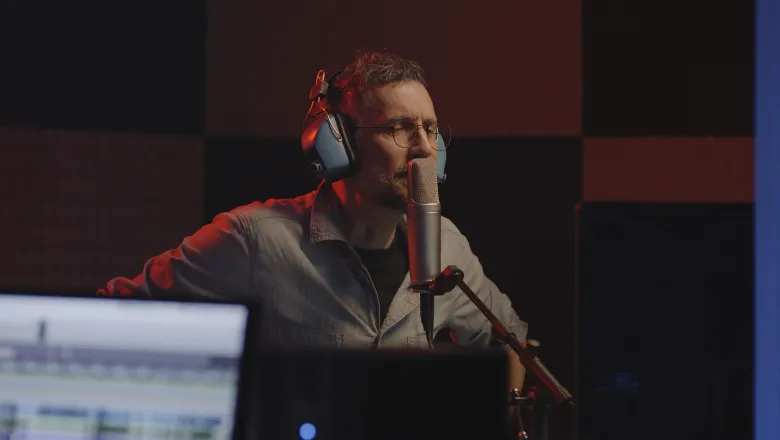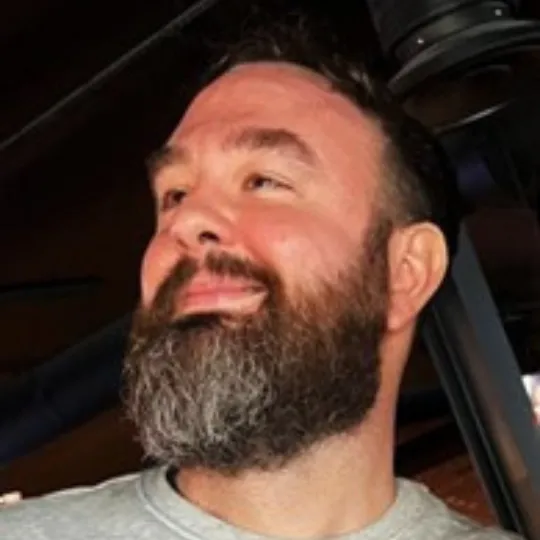The right to replicate living – and in some cases deceased – celebrities remains a thorny issue, with the resolution of the Hollywood industrial action in early 2024 hinging on the impact of generative AI on everything from voicework to stunt acting. As the use of computer technology becomes increasingly difficult to recognise, it is down to spectators to distinguish what is real and what is fake.
Dr Christopher Holliday, Senior Lecturer in Liberal Arts and Visual Cultures Education
27 November 2024
AI technology could threaten actors' control over own likeness
While AI can unlock films for worldwide audiences, lack of regulation around the technology could lead to actors losing control over their image and voice, a new paper warns.

AI tools like TrueSync reanimate actors’ lip movements so that they match the foreign language audio recorded for the international versions of films, creating a more seamless experience for audiences and giving movies maximum exposure around the globe.
However, Dr Christopher Holliday, Senior Lecturer in Liberal Arts and Visual Cultures Education in the Department of Interdisciplinary Humanities, suggests that lack of governance around this experimental technology could cause actors to lose authority over their likeness. Their bodies and voices could be used in work that they do not actively participate in or consent to, and do not receive payment for.
Tools are widely available for creating synthetic speech to accompany deepfake visuals without a celebrity’s consent. Online video artists have produced an array of digitised performances – from fake political speeches to recasting famous films with different actors.
The consequences of these videos are apparent in the strikes led by SAG-AFTRA, the union for workers in entertainment and media, which focused on clarifying how we understand the labour of actors and the ownership of their bodies.
Dr Holliday suggests that greater legislation could help to resolve the questions prompted this new technology. SAG-AFTRA has since secured protections for the digital falsification and alteration of performance, such as the right for actors to consent to reproductions of their voice and likeness, the right to information so they can choose whether to consent, and the right to be paid.
These challenges are outlined in Dr Holliday’s paper, “Ghosts in the Celluloid: AI Video Dubbing and TrueSync”, which examines the drivers, benefits, and risks of video dubbing technology in film production.
As AI-generated voicework becomes an increasingly essential dimension of machine learning’s creative capabilities, the technology is only going to project its voice even louder and stronger.
Dr Christopher Holliday

